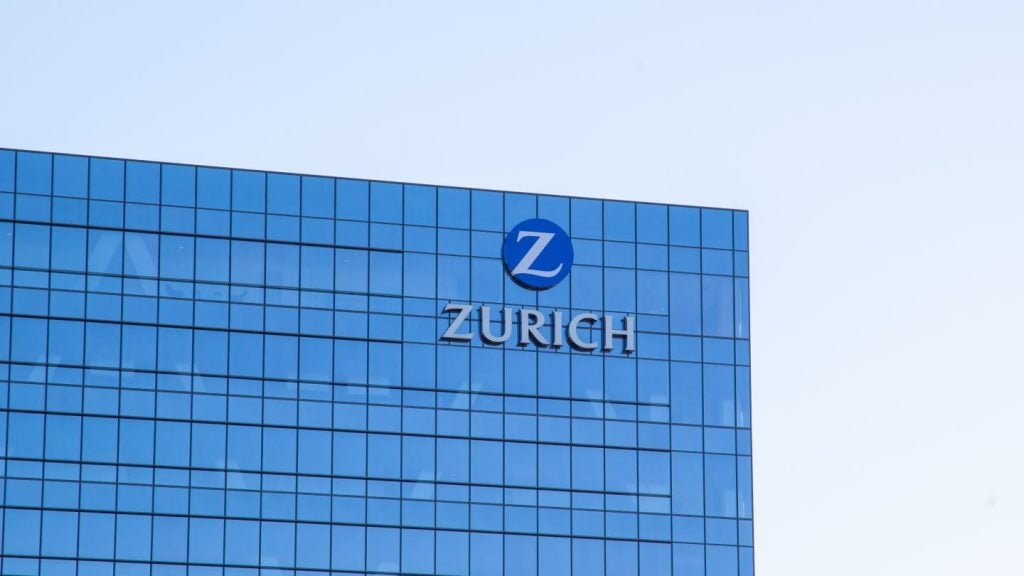
Chinese life insurers are taking on higher asset risks due to greater equity exposures and surging alternative investments such as debt investment plans, trust schemes and wealth management products, according to Fitch Ratings. Written by Joe Sawyer
Fitch said increased alternative investments make Chinese life insurers’ credit profiles more vulnerable to an economic downturn as these types of investments are generally less liquid than straight bonds, and are focused on the infrastructure and real-estate sectors.
Alternative investments accounted for about 5%-17% of surveyed insurers’ assets as of the end of H1 2015.
Fitch said higher equity exposures also indicate greater vulnerability of their capitalisation to unfavourable stock market movements.
However, the ratings agency said the impact of China’s stock market correction in H2 2015 should be manageable given their stronger solvency positions following the stock market’s rally since mid-2014.
It added that the more granular capital regime under the China Risk Oriented Solvency System is spurring Chinese life insurers to issue more equity-like hybrid securities.
In addition, Fitch expects Chinese life insurers to price their policies more aggressively following the regulator’s removal of the 2.5% cap on guaranteed returns for policyholders.
Overall, Fitch is maintaining its rating and sector outlooks at stable for the Chinese life insurance sector as it believes that the rated insurers’ resilient market positions, and adequate capitalisation and external funding capabilities will keep supporting their credit strength.
It said continued earnings volatility and fierce competition among homogenous products are key rating constraints.







